MAGICAL WOMEN
Press Release
MAGICAL WOMEN
MAIN SPACE | October 26, 2025 to February 22, 2026
This exhibition showcases artistic works from the twentieth and twenty-first centuries that explore magic, the occult, and spiritual practices, often from a feminist viewpoint. It focuses on how artists use these themes to question, break down, reinterpret, and retell social structures, identities, and gender roles.
Magic, Power, and Femininity
Magic permeates language and everyday life. We speak of the magic of certain moments or of something magical inherent in things. Occult motifs, astrology, and rituals are also experiencing a resurgence in mainstream pop culture. However, what appears to be a new phenomenon on social media has a long tradition. For thousands of years, women have fascinated people—as witches, seers, and high priestesses. These figures simultaneously shape beliefs and ideas about femininity in a variety of cultures. Such images of women also serve as a projection screen for misogynistic demonization, thereby establishing and stabilizing patriarchal social norms and structures.
Magic as a Tool for Social Criticism
Mystical, spiritual, and esoteric aspects and interests have a long tradition in art and culture—though long dismissed as superstition, incompatible with modern scientific values, and even sanctioned as a disruption of established orders. With growing introspection and spiritual sensitivity, as well as the diversification and globalization of the art world in recent decades, feminist and activist concerns are increasingly linked to spiritual, magical, and occult perspectives. What was dismissed as irrational, superstitious, or folkloric is gaining cultural and political significance. It serves artists as an aesthetic strategy and a form of self-empowerment and emancipation from capitalist and patriarchal structures.
A Reinterpretation of the Magical
Artists take up ambivalent images of the magical and feminine, shift meanings, and reclaim interpretive authority. Their works demonstrate the instability of social orders, rules, and norms by provoking questions about identity, subverting established patterns of evaluation, and offering alternatives. Themes such as body and gender politics, the attribution of character traits, female sexuality, and moments of identification are addressed. The prejudiced realm of the magical provides an exciting space for dissolving narratives and boundaries in art and for posing questions: Which stories are being negotiated, and how are they reinterpreted through the female gaze? How do artists use their multifaceted and intersectional biographies, as well as the blending of belief systems, to challenge societies and their power dynamics?
Artists: Myrlande Constant, Cordula Ditz, Mary Beth Edelson, Bev Grant / W.I.T.C.H., Vivian Greven, Rebecca Horn, Ana Mendieta, Zanele Muholi, Wangechi Mutu, Rosana Paulino, Paloma Proudfoot, Gillian Wearing, Portia Zvavahera
An in-depth publication in German, English, and Dutch will accompany the exhibition, due to be released in January 2026.
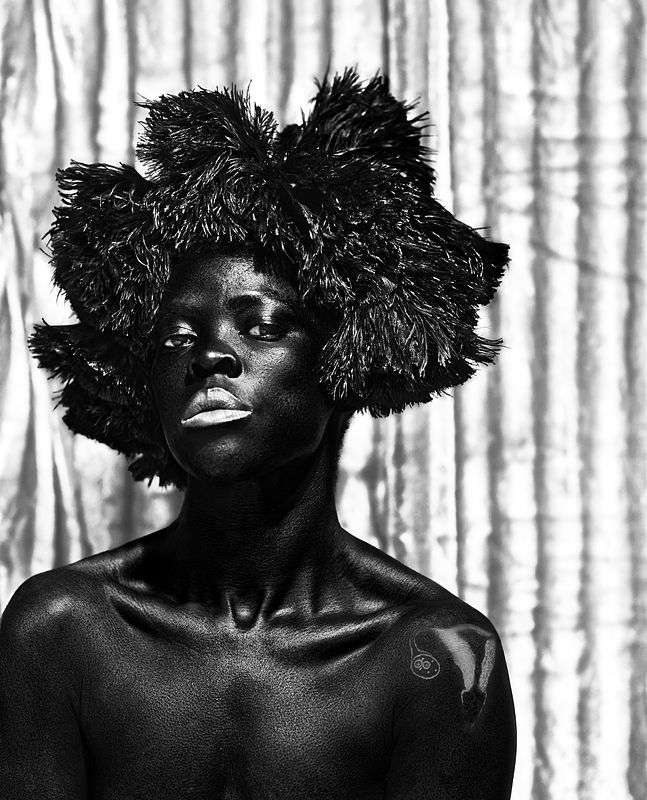
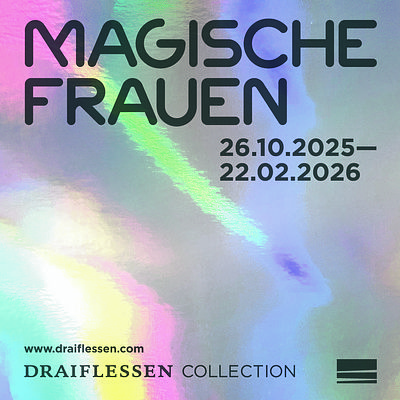
MAGISCHE FRAUEN
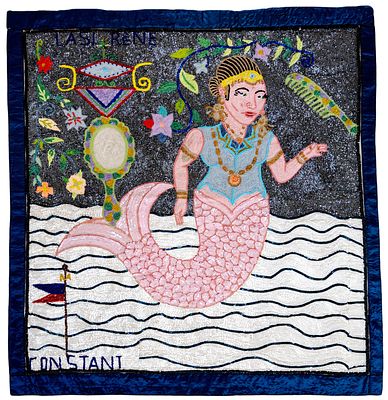
Myrlande Constant, Lasirène, 2004
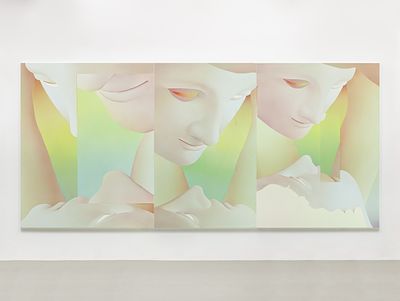_2023_Courtesy%20of%20the%20artist%20and%20Kadel%20Willborn,%20D%C3%BCsseldorf.jpg?locale=en)
Vivian Greven, Psy Amo (7-9), 2023
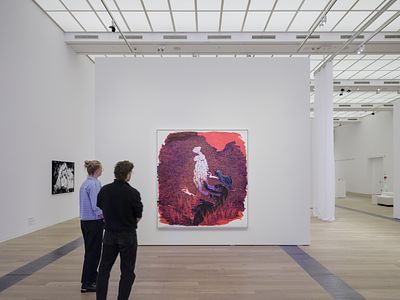
Exhibition view MAGICAL WOMEN

Zanele Muholi, Faniswa, Seapoint, Cape Town, 2016
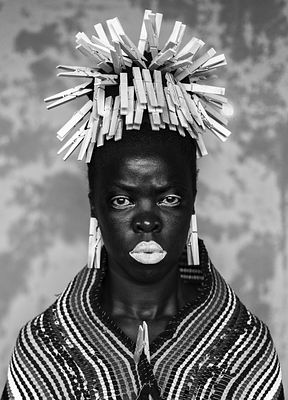
Zanele Muholi, Bester, Mayotte, 2015
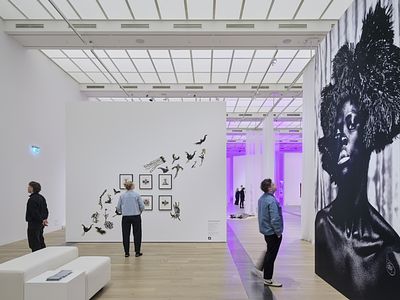
Exhibition view MAGICAL WOMEN
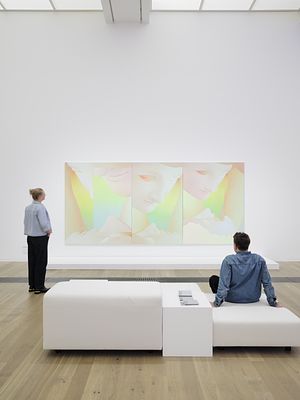
Exhibition view MAGICAL WOMEN
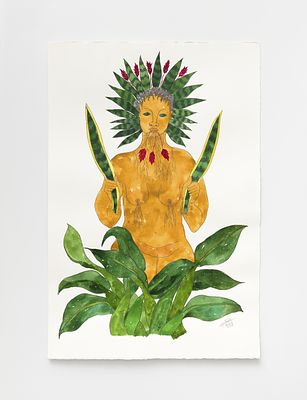
Rosana Paulino, Espada de Iansã, senhora das plantas series, 2024
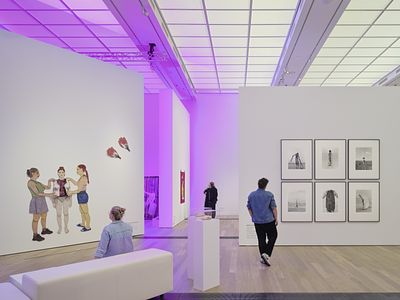
Exhibition view MAGICAL WOMEN
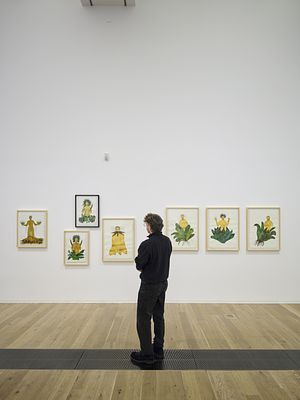
Exhibition view MAGICAL WOMEN
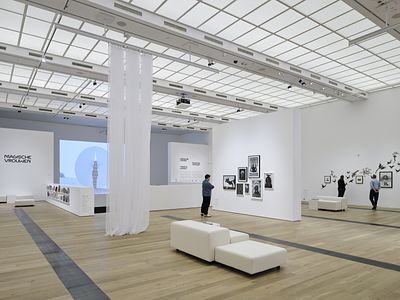
Exhibition view MAGICAL WOMEN
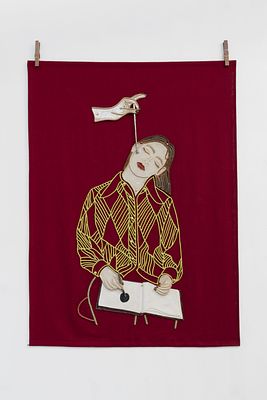_2024_Courtesy_artist_The%20Approach_Soy%20Capitan.jpg?locale=en)
Paloma Proudfoot, Unfinished Painting (II), 2024

Exhibition view MAGICAL WOMEN
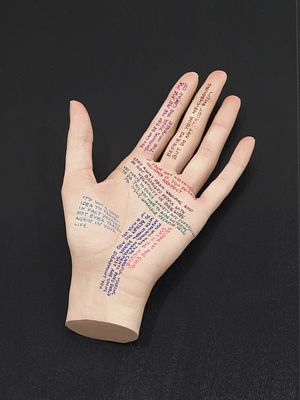_2014_Courtesy%20the%20artist%20and%20Maureen%20Paley,%20London.jpg?locale=en)
Gillian Wearing, My Misfortune (left), 2014
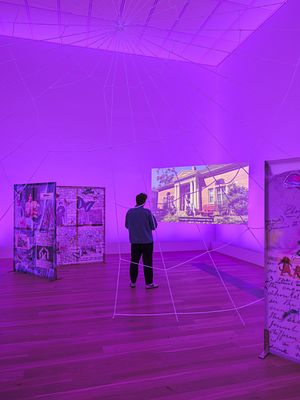
Exhibition view MAGICAL WOMEN
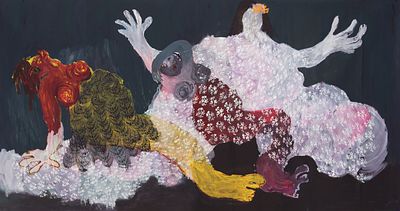
Portia Zvavahera Embraced and Protected in You, 2016
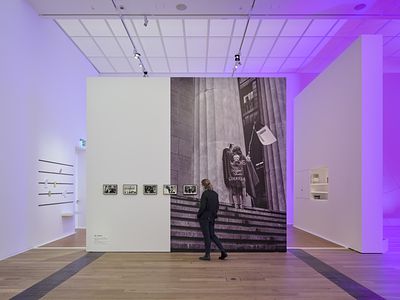
Exhibition view MAGICAL WOMEN
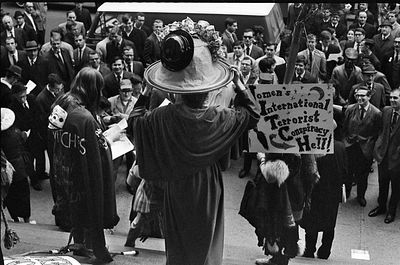
Bev Grant, W.I.T.C.H. Hex on Wall Street, New York City, October 31, 1968, 1968
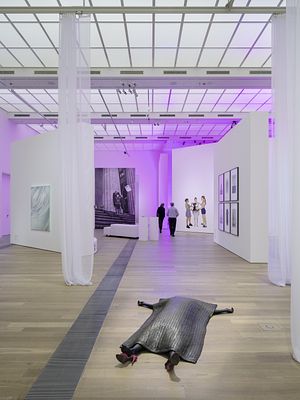
Exhibition view MAGICAL WOMEN
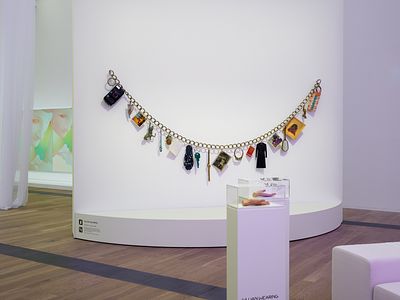
Exhibition view MAGICAL WOMEN
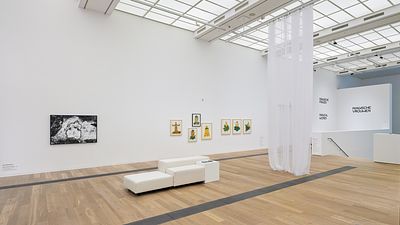
Exhibition view MAGICAL WOMEN
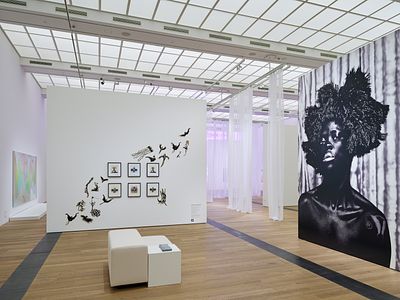
Exhibition view MAGICAL WOMEN
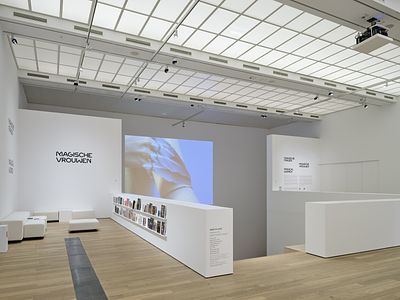
Exhibition view MAGICAL WOMEN
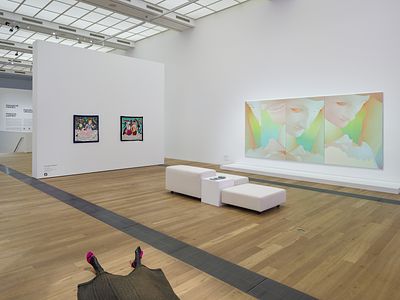
Exhibition view MAGICAL WOMEN